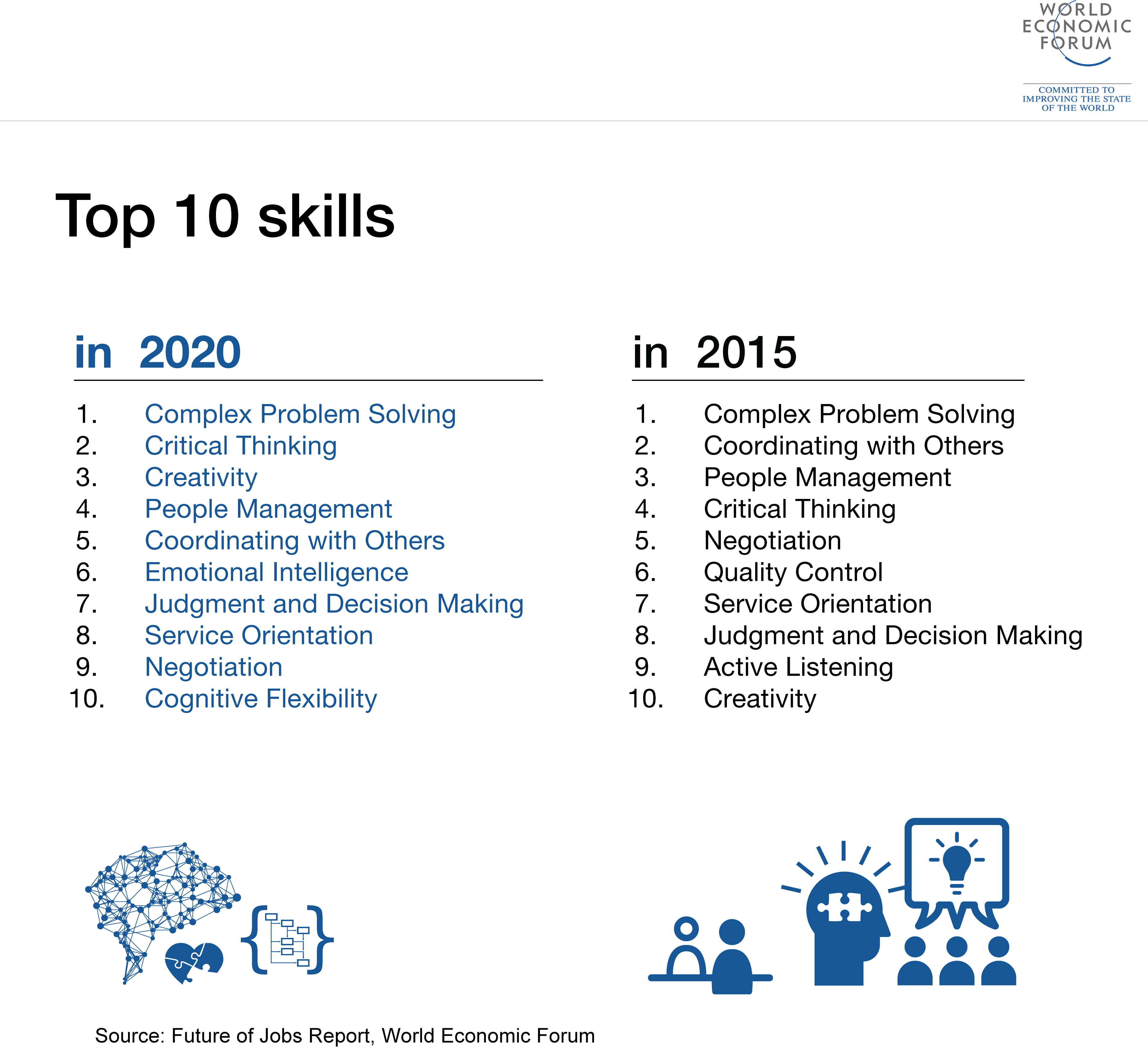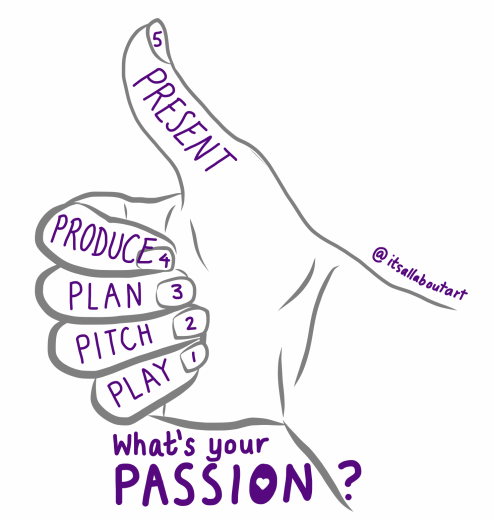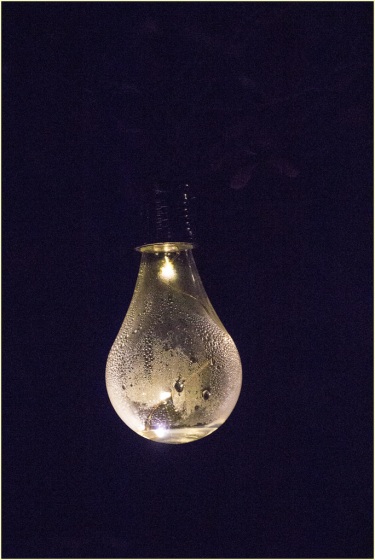SShh! Geniuses at work
The time: 9:50-10:15am every Friday
The place: The Ideas Hub, UWCSEA Dover, Singapore
The Mission: to work on a personal creative project
If you had 1 day a week to do what you like and to be creative what would you do? What about 1 hour or even 20 minutes each week? Students at UWCSEA in a Grade 6 advisory group every Friday are engrossed in planning something creative, something fun and above all self-driven.
So how do we structure the time to best help our students delve into their area of choice? How can we make the best use of the resources and time to authentically investigate and make?
Jacqui Benson is a Middle School Maths teacher, a creative thinker and enthusiastic maker. With an underused facility open to students during the school day, an ideal opportunity dawned on her and she shared this with her new 22 x 11 year olds during the first few weeks of term. Hearing about this I was keen to join in and, having read Spencer and Juliani’s book Empower over the summer, the opportunity to truly empower students with choice seemed perfectly timed.
Mad ideas or bad ideas
A moving car, robots, sewing, LittleBits, and banning plastics. These are just a taster of the projects our group are investigating each Friday morning.
Further down the school, iTime is a part of their working week, where primary students visit the Ideas Hub with their class teacher weekly to work on all sorts of creative projects. But, as students get older and move into Middle or High School, these creative personal projects dwindle and, for some, sadly disappear altogether. I have so many students (and adults) tell me they cannot draw, that they are not creative and don’t know where to start when given a problem to think about or solve. Yet creativity, critical thinking and problem-solving are at the top of the skills needed, according to World Economic Forum, to thrive in the fourth industrial revolution.

Having been a teacher for over 20 years, and valuing creativity above all other skills, I was excited to now see creativity and thinking at the top of the necessary skills for the future. Our roles as teachers must be to equip our students for this and it is all of our responsibilities, not just the art, drama and music departments. Thinking is involved in all subjects and in walks of lives, yet often an undervalued and tapped into skill. Being able to think and work creatively should be an integral part of school life. Having trained as a graphic designer the Design Cycle is a natural workflow for me and it mirrors the way our minds need to work when solving a problem.
There are a multitude of methods, visuals and instructions for the creative process out there, from Spencer and Juliani’s Launch Cycle to Tiffany Shlain‘s 10 stage video, but the language and the sentiment are the same and always about generating lots of ideas. Often students (and adults) say they are not so good at this. They become fixated with a single solution and don’t allow themselves to wander into other possibilities. This is where creativity happens. Those what if and aha moments. You have to fail or at least produce bad ideas in order to take a new direction and then ultimately the good, and even great ideas follow.
But youngsters need help in getting there.
The Investigation
PLAY – PITCH – PLAN – PRODUCE – PRESENT
In the Hub, we are adopting a streamlined version of Juliani’s Genius Hour Blueprint. Genius Hour (aka 20% time, iTime or Passion projects) originated from the concept of 80:20 time used to investigate ideas not pursued in the normal working week. It became a time for individual creativity to flourish and for great ideas to blossom. From Google’s introduction in the workplace to personalised education and project-based learning, it engages and empowers individuals.

What’s your Passion? sketchnote by Nicki Hambleton
The first session in the Ideas Hub last week, saw students heading straight for the woodworking area or trying out the sewing machine and playing with littleBits. But some were unsure, not knowing where to go, what to do or what to try out. These were the most interesting students, about to embark on a journey of discovery: clueless but curious. I asked lots of questions:
What do you like to do? What have you seen that intrigues you? What are you drawn to? What are they doing over there? What is your passion?
I am always thrown when I ask students what is your passion. Often they do not know how to answer this as they may not have one. It takes time to figure out what they want to do and sometimes they just need time to play to see investigating what there is and what might be interesting to them. Two girls wanted to continue their Grade 5 Expo project about banning plastic bags and were starting with a petition. I asked them, what do you want to achieve? What will success look like? Then what? They hadn’t thought much further than their original project and just wanted the time to continue it. This was fine, but I wanted to push them more creatively. I wanted them to think what difference they could make and what they thought that might look like in the context of our school, the community and beyond. It will be interesting to see how far they travel from their original plan. In the second session, we introduced the group to the next phase following their initial investigations.
The Pitch
The second phase in our revised structure is, for me the most exciting. Anticipating what different ideas these boys and girls have in their 30-second elevator pitch, I just can’t wait! Some will be very clear as to their idea, others very unclear, but, come next Friday we will hear them all, then open the floor to questions. This is an important phase as it can help the struggling ones to clarify their thinking and, for the fixated, blinkered ones, open their idea to other possibilities and directions. We aim to do this through a circle solutions approach with a follow-up on Padlet to pose and answer questions, and, if you like, with the permission of the class I will post the link here as an update next week. Please feel free to jump in and comment. I expect they will be secretly thrilled to have an outsider interested in their project at this early stage!
Purposeful Planning
Having clarified their idea it will be on to the main event: planning, more playing, experimenting, making, creating. Often creativity can be quite messy, figuratively or literally! But it always starts and ends up somewhere different, occasionally quite the opposite from where you originally thought. and that is the wonderful thing about the creative mind, how geniuses and, in particular, how young learners work – they don’t restrict their thinking or preempt the result. But even as young as 11, this utterly free thinking is all but over; the active imagination is closing down. Why is this? Why do we lose that wonderful freedom of imagination of a kindergartener? Do we lose it naturally as a part of life and growing up or do we stop using it or stretching it, like a muscle in sport, as the curriculum takes over?

Whether young or old, we all need to find time and space to work our creative mind, to activate our imagination and to allow bad and plain mad ideas to foster and grow. If you haven’t seen Elizabeth Perry’s Learning 2 talk “Play on” about her 10 minutes a day drawing practice, do watch it, and if you have, watch it again as it is a wonderful example of an adult’s journey into creativity and exercising the brain. It is also a great story of failing not failure (Spencer & Juliani, Empower) and about grit to deal with mistakes as bumps on the road of discovery.

Lightbulb moment by Maureen Barlin on Flickr
The lightbulb moment
As for me, I have too many passions, too many projects and too many ideas. But, if I were to choose one, it would be to do the opposite: To practice meditation, to clear my mind in order to be more open to alternative possibilities. To anyone who knows me this will be a difficult task. I have always been blessed with having a creative mind with tons of ideas (often too many) and to try to have a clear mind with no thoughts seems impossible! But we all need to switch off occasionally, and it was whilst having my hair washed yesterday at the hair salon, that I found, just like in meditation (and often in the shower!) as my mind cleared and I relaxed, I then had my best ideas, genius thoughts and creative possibilities. I had to concentrate really hard to remember them as the shampoo was washed away, not wanting my ideas to do the same! So, as I returned to the chair, excited with my brain’s activity under calmness, I quickly jotted them into my sketchbook.
What do you do to be more creative, to activate your imagination?
What would your Passion Project be?


Hooray! We’re doing iTime in my grade 6 class. I practiced it with my teachers in grades 1, 2 and 3 last year and they all loved it (but like you said I think it’s probably “easier” to fit in for a elementary school teacher.
I like your hand drawing ( I had a little hesitation with using the Launch Cycle vocabulary) but we’re using the MYP design cycle. We’ve found it really useful and easy to apply to the younger grades too. A cycle also allows us to go back and forth and see things as not being done, still not perfect, but I wonder what is (I like your idea of presenting, like I like the idea of launching, makes it more purposeful).
Anyway, a great read, thanks!
Thanks Joe! We should connect the classes!